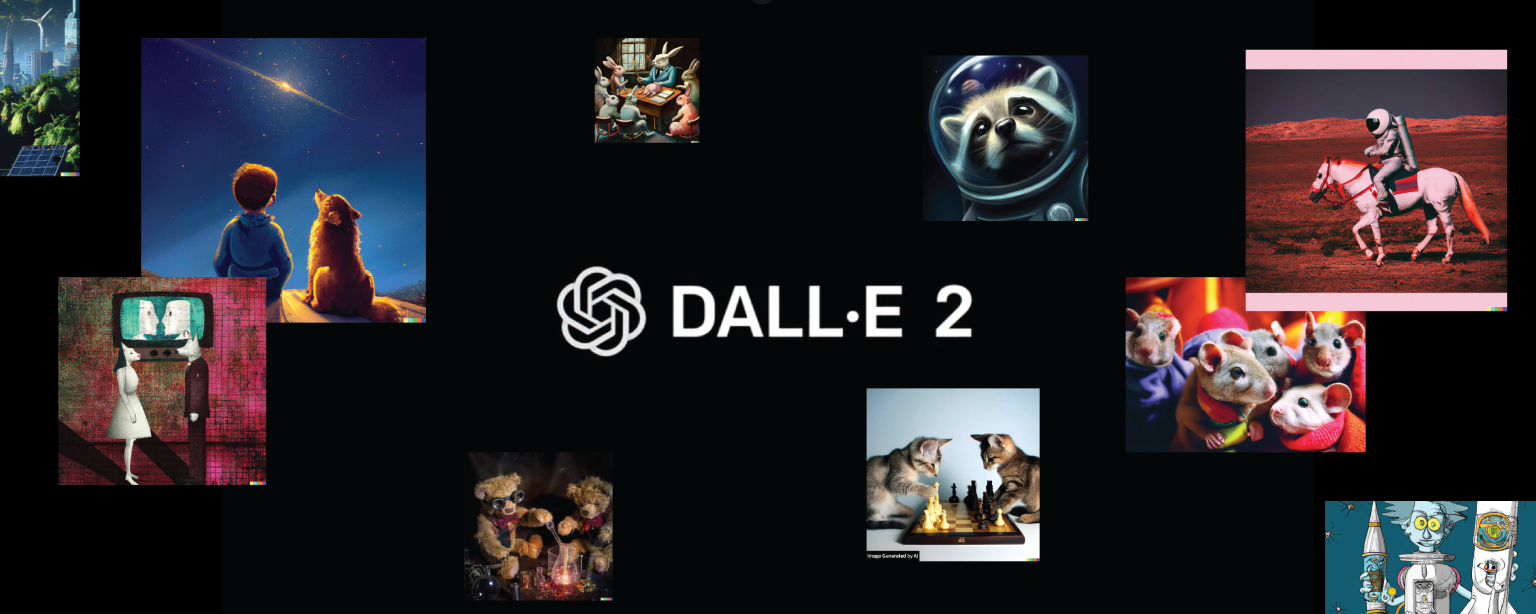Have you ever heard of DALL-E? It’s an innovative AI program developed by OpenAI that generates images from text descriptions. Now, OpenAI is taking things a step further by integrating DALL-E with GPT-3, meaning the next iteration of DALL-E won’t just create images but will also generate text based on specific prompts. This exciting advancement promises to revolutionize the chatbot industry, streamlining communication and making it easier for users to access information.
A Game-Changer in AI
The fusion of GPT-3 and DALL-E marks a transformative moment in artificial intelligence. GPT-3, a sophisticated natural language processing (NLP) model, can generate human-like text responses based on given prompts. On the other hand, DALL-E specializes in image generation, capable of creating visuals from textual descriptions. By combining these two powerful AI systems, chatbots will be able to deliver both images and text responses simultaneously. This integration not only enhances engagement but also enriches the overall user experience.
Endless Possibilities
The potential applications of this newly integrated program are virtually limitless. For example, consider a travel chatbot that can generate captivating images while providing detailed information about popular tourist destinations. Users could enjoy a more immersive experience, allowing them to visualize their next vacation without ever stepping foot in the location. This capability will make the chatbot significantly more useful and engaging.
Similarly, in the healthcare sector, a medical chatbot could utilize this technology to generate visuals alongside text explanations, helping patients grasp complex medical conditions and treatment options more effectively. This approach would make medical advice more accessible and easier to understand, benefiting both patients and healthcare providers.
Enhanced Efficiency and Speed
Another significant advantage of merging GPT-3 with DALL-E is the increased speed and volume of responses. Chatbots can respond more rapidly to inquiries, providing immediate solutions and enhancing the overall efficiency of communication between humans and machines. This quick response capability could diminish the reliance on human workers in certain sectors, leading to faster processes and reduced operational costs.
For instance, customer service chatbots could handle numerous inquiries at once, generating relevant images and text to address various customer needs in real time. This efficiency can lead to higher customer satisfaction and loyalty, as users appreciate quick and informative responses to their queries.
Ethical and Legal Concerns
While the integration of GPT-3 and DALL-E presents many opportunities, it also raises important concerns, particularly regarding copyright infringement. The program’s ability to generate both text and images poses the risk of creating visuals that closely resemble licensed or copyrighted materials. This situation could lead to legal ramifications, making it crucial for developers to navigate these waters carefully.
Moreover, ethical implications surrounding the use of AI-generated content must also be considered. As AI systems become more advanced, ensuring responsible usage will be vital. Issues related to authenticity, accountability, and the potential for misuse must be addressed to foster a healthy relationship between humans and AI technologies.
Conclusion
The integration of GPT-3 and DALL-E signifies a monumental advancement in the AI landscape, particularly in the chatbot sector. By enabling the simultaneous generation of images and text, this innovative technology unlocks new possibilities for enhancing communication and access to information. Whether in travel, healthcare, or customer service, the impact of this integration is poised to be profound.
However, as with any groundbreaking technology, it’s essential to remain vigilant regarding potential negative implications, such as copyright issues and ethical concerns. The evolution of AI is ongoing, and it will be fascinating to observe how the integration of GPT-3 and DALL-E shapes various industries in the years to come.
In summary, the merging of these two cutting-edge technologies offers a glimpse into a future where AI not only facilitates communication but also enhances our understanding of the world. The implications are significant, and as we embrace these advancements, a new era of human-AI interaction is on the horizon. Stay tuned for further developments as this exciting technology continues to unfold and reshape our experiences.

